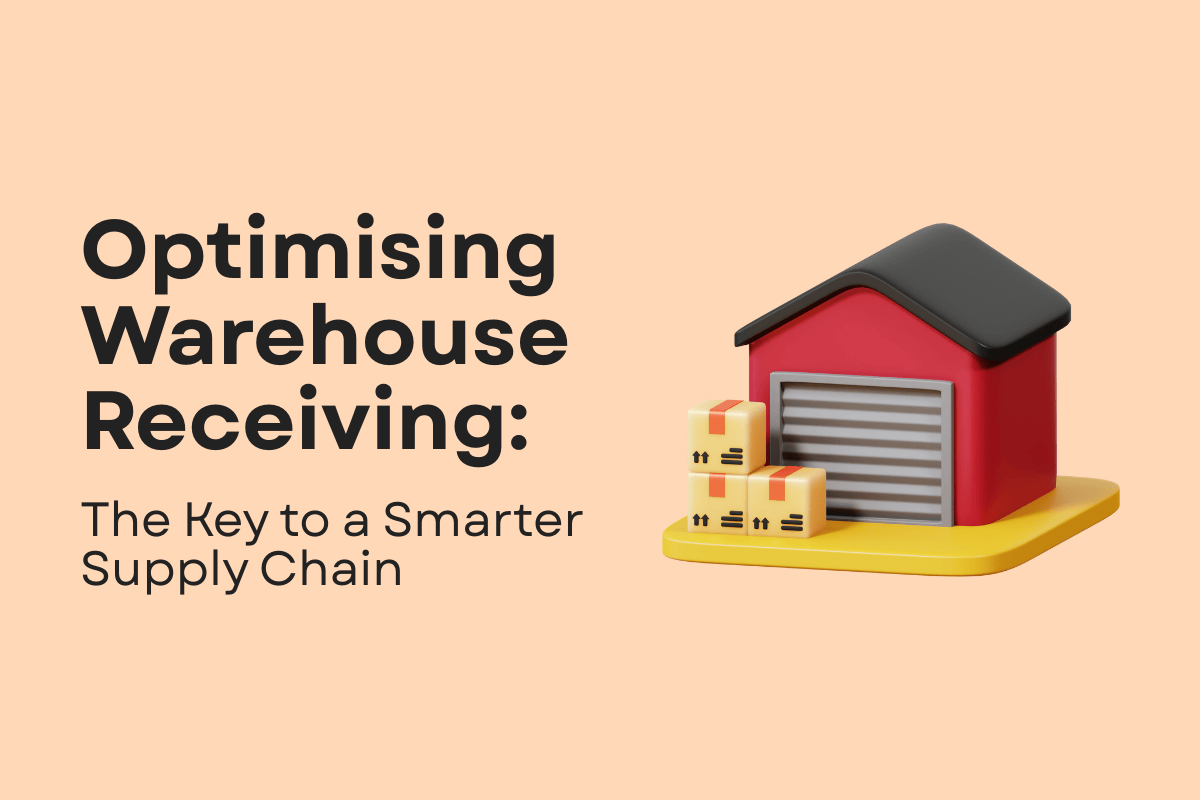Effective contract management is crucial for ensuring smooth operations and accurate invoicing in logistics and supply chain management.
The Storage Index is a powerful tool designed to offer flexibility and precision in setting up customer contracts tailored to each client’s needs.
This blog will delve into the Storage Index, how it functions, and the benefits it brings to businesses managing complex storage and handling requirements.
What is a Storage Index?
A Storage Index is a contract management feature that enables businesses to dynamically set up contracts based on specific parameters and conditions tailored to client needs.
It offers various methods to calculate key metrics, such as quantities and periods, for accurate invoicing and storage fee calculations.
The flexibility provided by these methods ensures that contracts can be finely tuned to meet diverse client requirements, resulting in more accurate billing and better alignment with client expectations.
Key Methods in Storage Index Contracts
The Storage Index offers three primary methods for calculating and returning critical data within the contract period. Each method serves a unique purpose, allowing for customised contract setups.
1. Start + Mutation Method
This method determines the start of the contract period and adjusts the quantity throughout the entire contract duration.
The starting point is calculated based on the parameters set, and the quantity dynamically mutates as required by the contract terms.
This is particularly useful when the amount of goods or services fluctuates over time and needs to be tracked accurately.
2. Max Method
The Max method identifies and returns the highest quantity recorded during the contract period.
This approach is ideal for contracts where the peak quantity determines the storage fees or other charges, ensuring that the agreement reflects the maximum potential cost for the service period.
3. End Method
The End method focuses on calculating the quantity at the end of the contract period. It’s straightforward and ensures the final quantity is accounted for, which can be crucial for concluding contracts or determining end-of-period costs.
Parameters and Customisations in Storage Index Contracts
The true power of the Storage Index lies in its ability to be customised according to various parameters.
This customisation allows businesses to precisely define how storage fees should be calculated, which entries to include or exclude, and how different factors like building locations or handling units are considered.
Here’s how it works:
1. Storage Fee Calculation
Storage fees can be calculated based on multiple criteria, including handling units, weight, quantity, location, volume of carrier type, and cubage from carrier content.
This flexibility allows businesses to choose the most relevant factors for their operations, ensuring the invoicing process is accurate and fair.
2. Entry Inclusion and Exclusion
Contracts can be tailored to include or exclude specific types of entries, such as shipments, receipts, transfers, outputs, consumption, etc.
This level of granularity ensures that only the relevant activities are considered in the storage index, leading to more precise billing.
3. Stack Carrier Setup
Businesses have the option to set up stack carriers within the contract. This is essential for companies that deal with stacked goods, as it impacts the calculation of storage fees based on how goods are stored and handled.
4. Building and Handling Unit Exclusions
It’s important to define which buildings are included in the storage index calculation and which handling units should be excluded.
This allows for accurate tracking of storage costs across different facilities and ensures that only the applicable units are billed.
5. Warehouse Calendar Integration
Integrating a warehouse calendar into the storage index contract is a significant advantage.
Clients who do not want to be charged for specific days, such as holidays, can automatically exclude these periods from the storage fee calculation, making the invoicing process more client-friendly.
6. Free Period Setup
The Storage Index also allows for the easy setup of free storage periods. This benefits clients who require a grace period before applying storage fees, enabling businesses to offer more flexible contract terms.
Conclusion
Maximising Efficiency with Storage Index
The Storage Index is an indispensable tool for businesses that require precise and flexible contract management.
Allowing for dynamic setup and customisation ensures that contracts are tailored to each client’s needs, leading to more accurate invoicing and better client satisfaction.
Whether you’re managing fluctuating quantities, peak periods, or specific storage requirements, the Storage Index provides the functionality you need to optimise your storage contracts.








